Entry Type: Thing - Starting with W
W. H. Young House
 W. H. Young House
W. H. Young House
 W. H. Young House
W. H. Young House
Wabbaseka United Methodist Church
 Wabbaseka Water Tower
Wabbaseka Water Tower
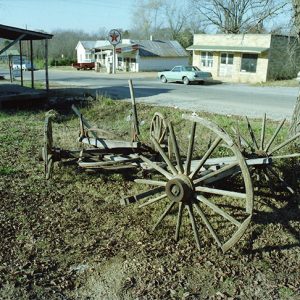 Wagon
Wagon
 West of the Alamo Lobby Card starring Jimmy Wakely
West of the Alamo Lobby Card starring Jimmy Wakely
Waldo Water Tower
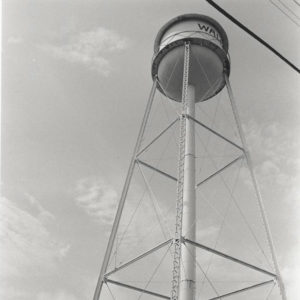 Waldo Water Tower
Waldo Water Tower
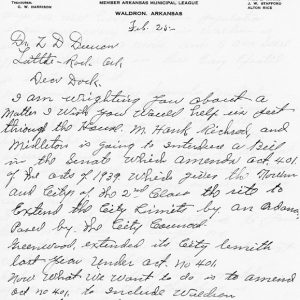 Waldron Letterhead
Waldron Letterhead
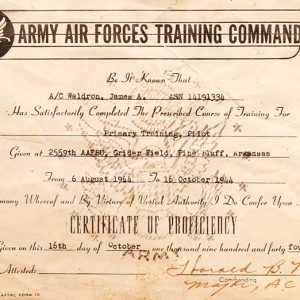 James Waldron Certificate
James Waldron Certificate
Walker-Stone House
 Walking Fern
Walking Fern
Wallace Bridge
aka: Nimrod Bridge
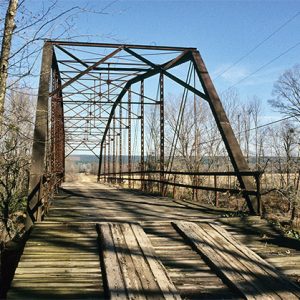 Wallace Bridge
Wallace Bridge
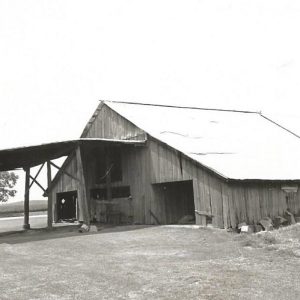 Walls Barn
Walls Barn
 Walls Corn Crib
Walls Corn Crib
Walmart Inc.
aka: Wal-Mart Stores, Inc.
 Walnut Ridge and Hoxie Mule Car Line
Walnut Ridge and Hoxie Mule Car Line
 Walnut Ridge Army Flying School
Walnut Ridge Army Flying School
 Walnut Ridge Army Flying School B-32s
Walnut Ridge Army Flying School B-32s
 Walnut Ridge Army Flying School BT-13
Walnut Ridge Army Flying School BT-13
 Walnut Ridge Army Flying School Fighter Planes
Walnut Ridge Army Flying School Fighter Planes
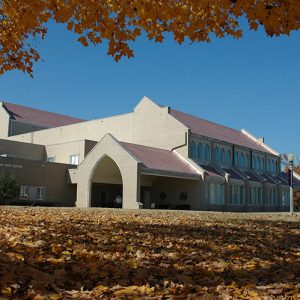 Walton Fine Arts Center
Walton Fine Arts Center
 Wampum Beads
Wampum Beads
 War Eagle Mill Interior
War Eagle Mill Interior
 War Memorial at Saline County Courthouse
War Memorial at Saline County Courthouse
War Memorial Park
 War Memorial Stadium
War Memorial Stadium
 War of 1812 Monument
War of 1812 Monument
War of the Rebellion [Book Series]
War Room, The
 The War Room Poster
The War Room Poster
 Ward City Hall
Ward City Hall
 Ward Fire Department
Ward Fire Department
 Joyce Warren Campaign Button
Joyce Warren Campaign Button
 Visionaries by Michael Warrick
Visionaries by Michael Warrick
Warriors Don’t Cry
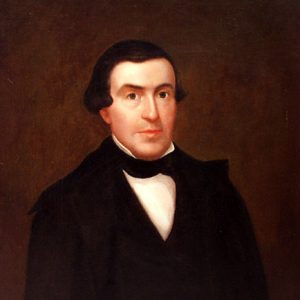 Edward Washbourne Painting
Edward Washbourne Painting
 Edward Washbourne Painting
Edward Washbourne Painting
Washington Confederate Monument
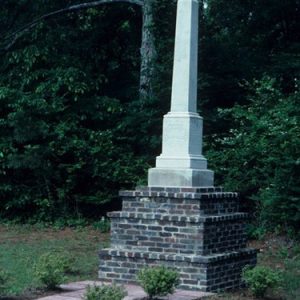 Washington Confederate Monument
Washington Confederate Monument
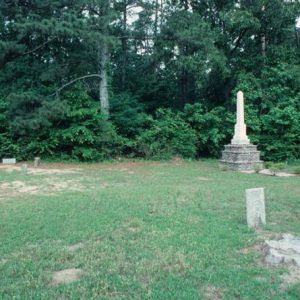 Washington Confederate Monument
Washington Confederate Monument
Washington County Courthouse
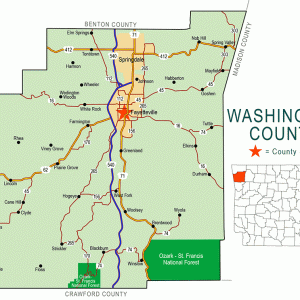 Washington County Map
Washington County Map
Washington Monument Marble Quarry
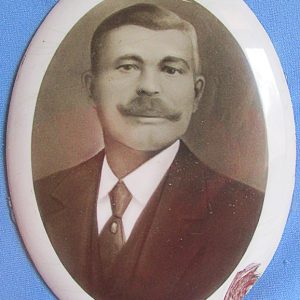 George Berry Washington Portrait
George Berry Washington Portrait
 Water from the Well by Myra McLarey
Water from the Well by Myra McLarey
 Water Tower 443 Greenwich St
Water Tower 443 Greenwich St




